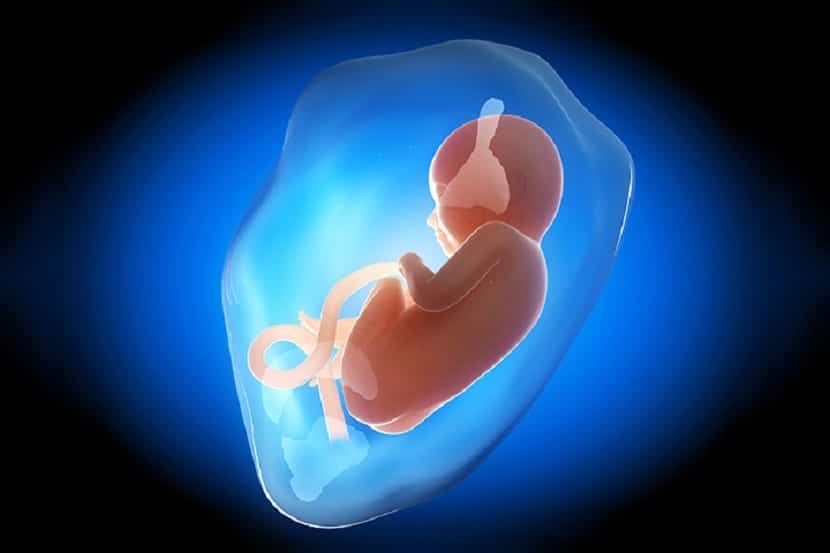
Amniotic fluid It is an essential substance for the normal pregnancy to develop. Approximately 15 days after gestation, this substance begins to be produced, which will be responsible for protecting the baby, among others. Throughout the entire pregnancy, the amount of fluid will increase as the fetus grows. Let's see what is the normal amount of amniotic fluid in a common pregnancy.
What is amniotic fluid and how is it produced?
Amniotic fluid is a light substance with a somewhat yellowish color, it is composed of carbohydrates, proteins, urea, lipids, electrolytes and phospholipids. All these elements are necessary for the baby to develop normally during 40 weeks of gestation. But also, the liquid contains a substance that allows detecting possible malformations, which are fetal cells.
In early pregnancy, the fluid is produced by the mother herself. Throughout the first trimester, the fluid eIt is created by the mother's own plasma and reaches the amniotic sac through your circulatory system.
After approximately the first 18 weeks of gestation, the baby is the one who creates the liquid and partly changes its composition as well as the quantity. With the arrival of the second trimester of pregnancy, the baby begins to swallow the amniotic fluid so it also begins to produce and expel urine. Therefore, from that moment on, the liquid will be formed almost 90% by the urine of the fetus.
What is the normal amount of amniotic fluid?

The amount of amniotic fluid is increasing from the moment it begins to occur this substance, until the last days of pregnancy. Then, this amount begins to decrease slightly until the moment of delivery.
Usually this is the amount of amniotic fluid throughout the pregnancy:
- At the beginning of pregnancy, when amniotic fluid begins to be produced, the general amount of this substance is about 100 ml. This is around week 14 of pregnancy, approximately.
- By week 20, the amount of fluid increases to about 400 ml.
- Arriving at week 25, the amount is usually around 600 ml.
- Between weeks 32 and 34, the liquid reaches its largest volume, and can reach up to 1000 ml in many cases.
- At that moment, the amount of fluid will begin to decrease slightly, which until the moment of delivery will reduce its volume by approximately 20%. The usual thing is that the baby arrives at birth with an amount between 600 and 800 ml of liquid, although there are exceptions. For this reason, it is very important to follow the medical visits scheduled by the specialist.
What if I don't have the normal amount of amniotic fluid?

It can and does occur in some cases, that the amount of fluid is abnormal for various reasons. This abnormality can occur both due to excess fluid and as a defect, in both cases it can pose a serious risk to the baby and therefore it is very important to measure the amount of amniotic fluid at each gynecological examination. Even if you notice that you are losing amniotic fluid, it is very important that you go to the emergency medical services.
If you can't say exactly whether your losses are from amniotic fluid or from another substance, this link you will find some tips that can help you. Remember that this substance is vital for the baby's health and abnormalities in the fluid could put your child at risk.
The most common problems of amniotic fluid by its quantity, are the following:
- Oligohydramnios: In this case, the amount of liquid is less to normal and can occur due to various factors. It can be a warning of a congenital problem, for a fissure in the amniotic sac or because the baby has kidney problems.
- Polyhydramnios: What happens in this case is that there is more fluid than normal. Again, it can be caused by a congenital anomaly of the baby, also in cases of multiple pregnancy or gestational diabetes in the mother. Although there are cases in which the cause is completely unknown.